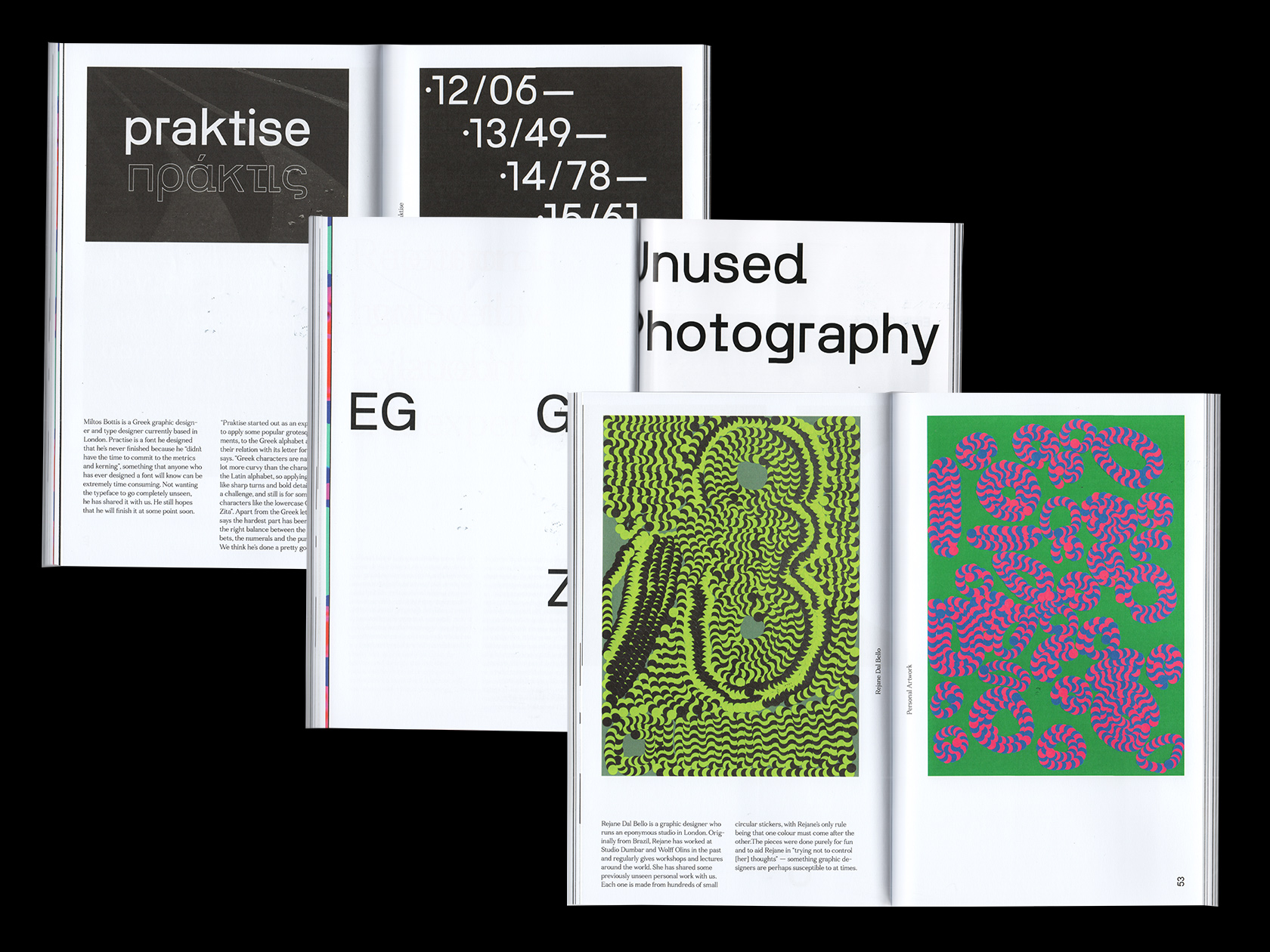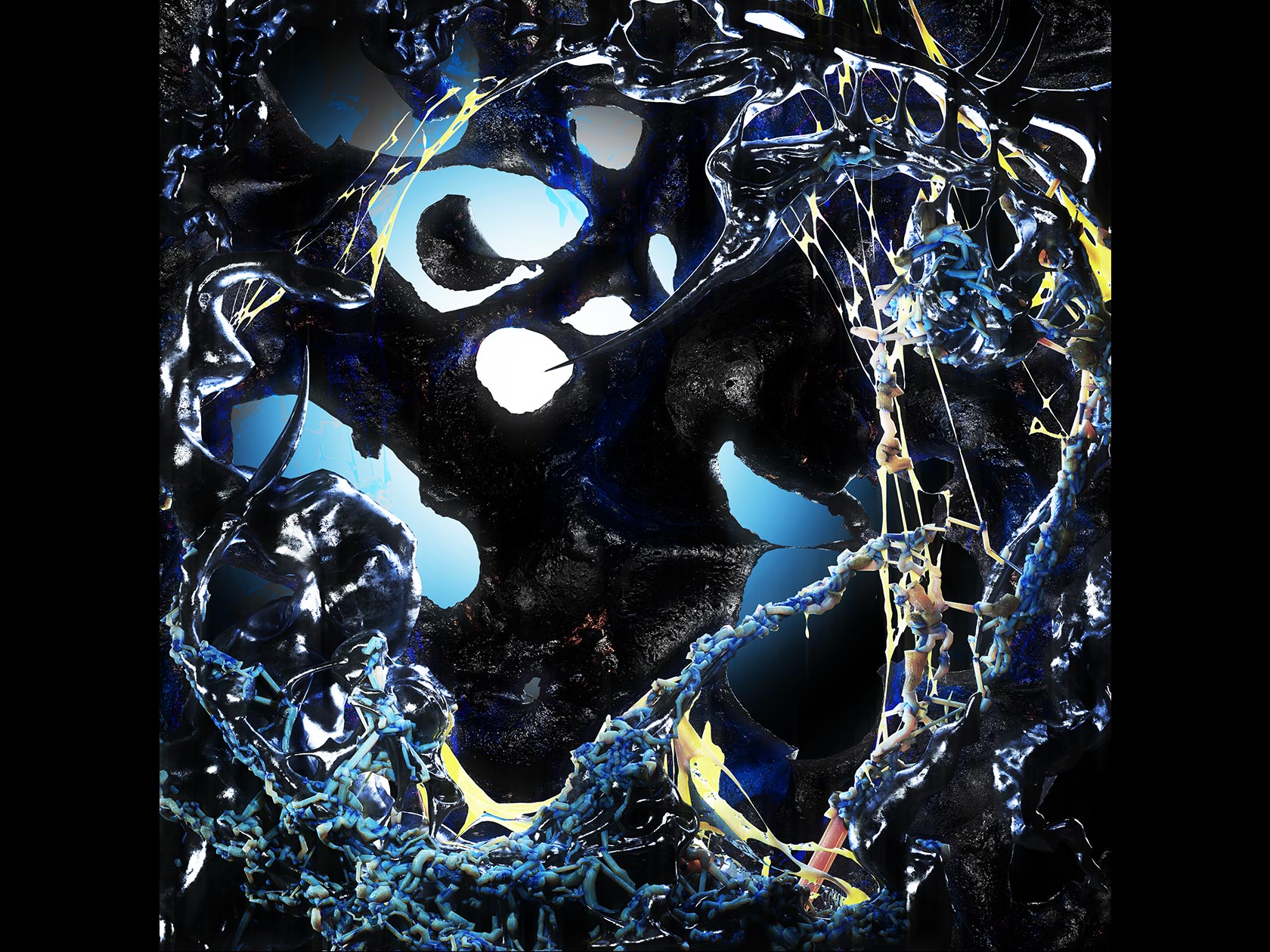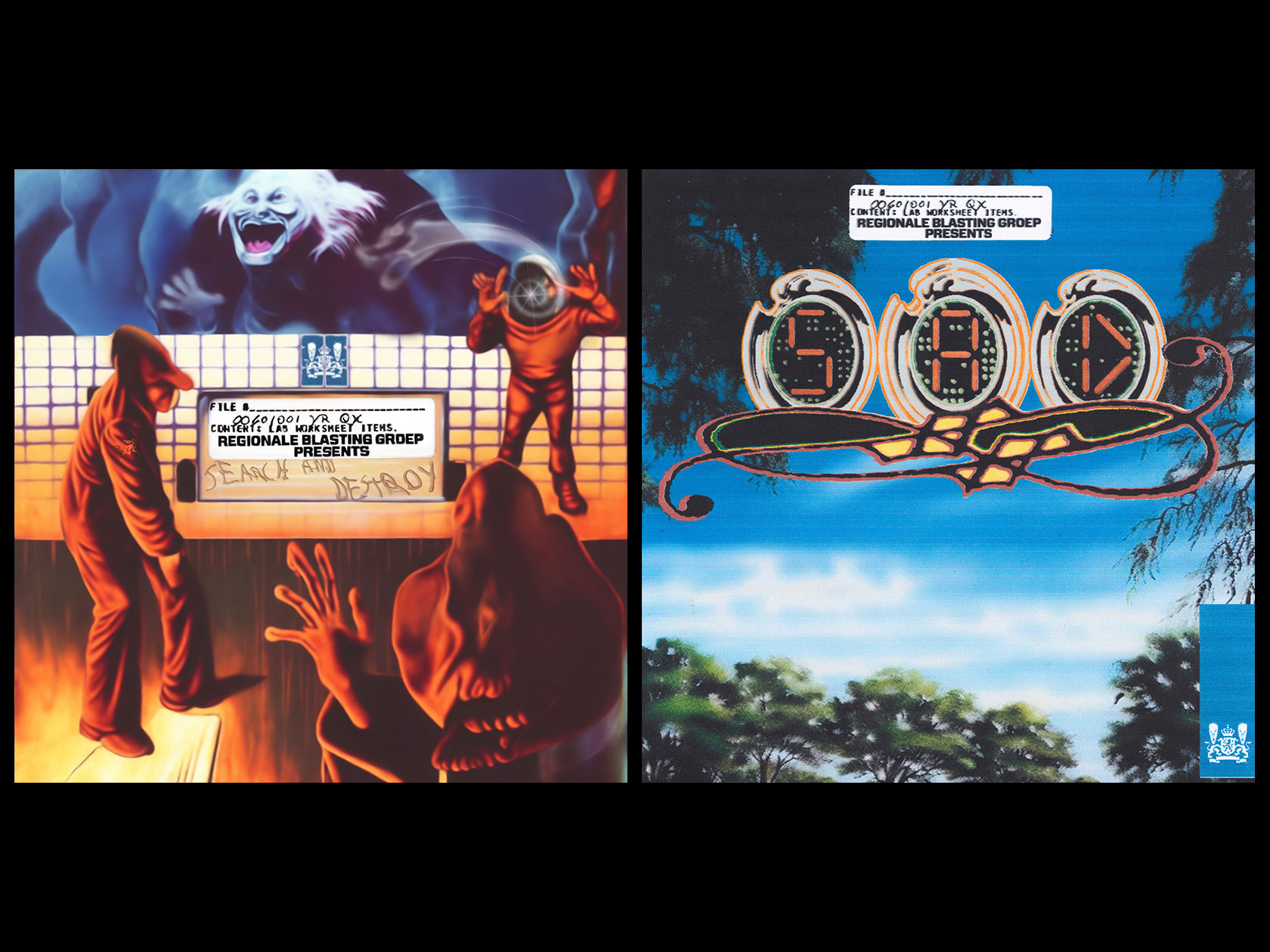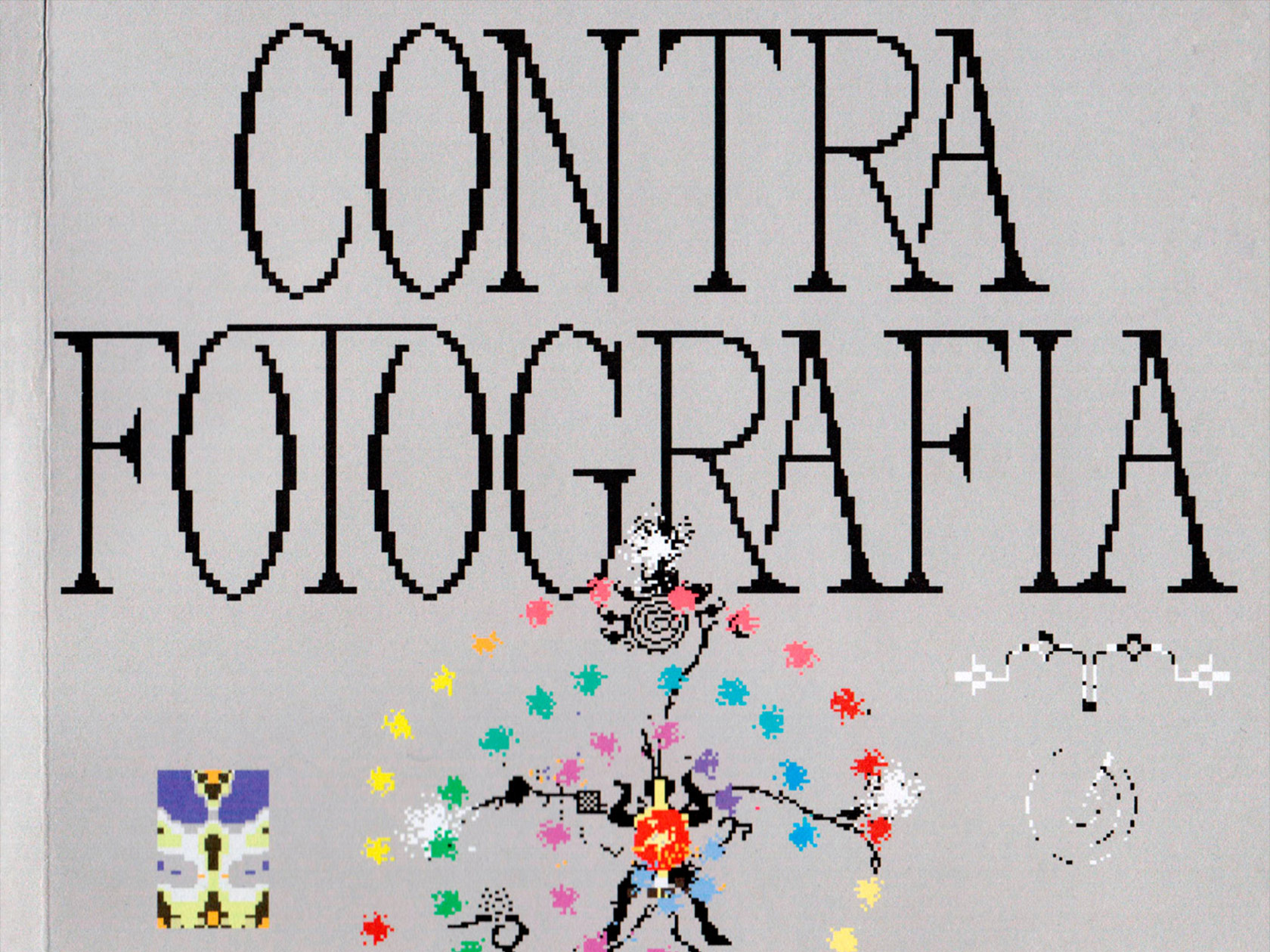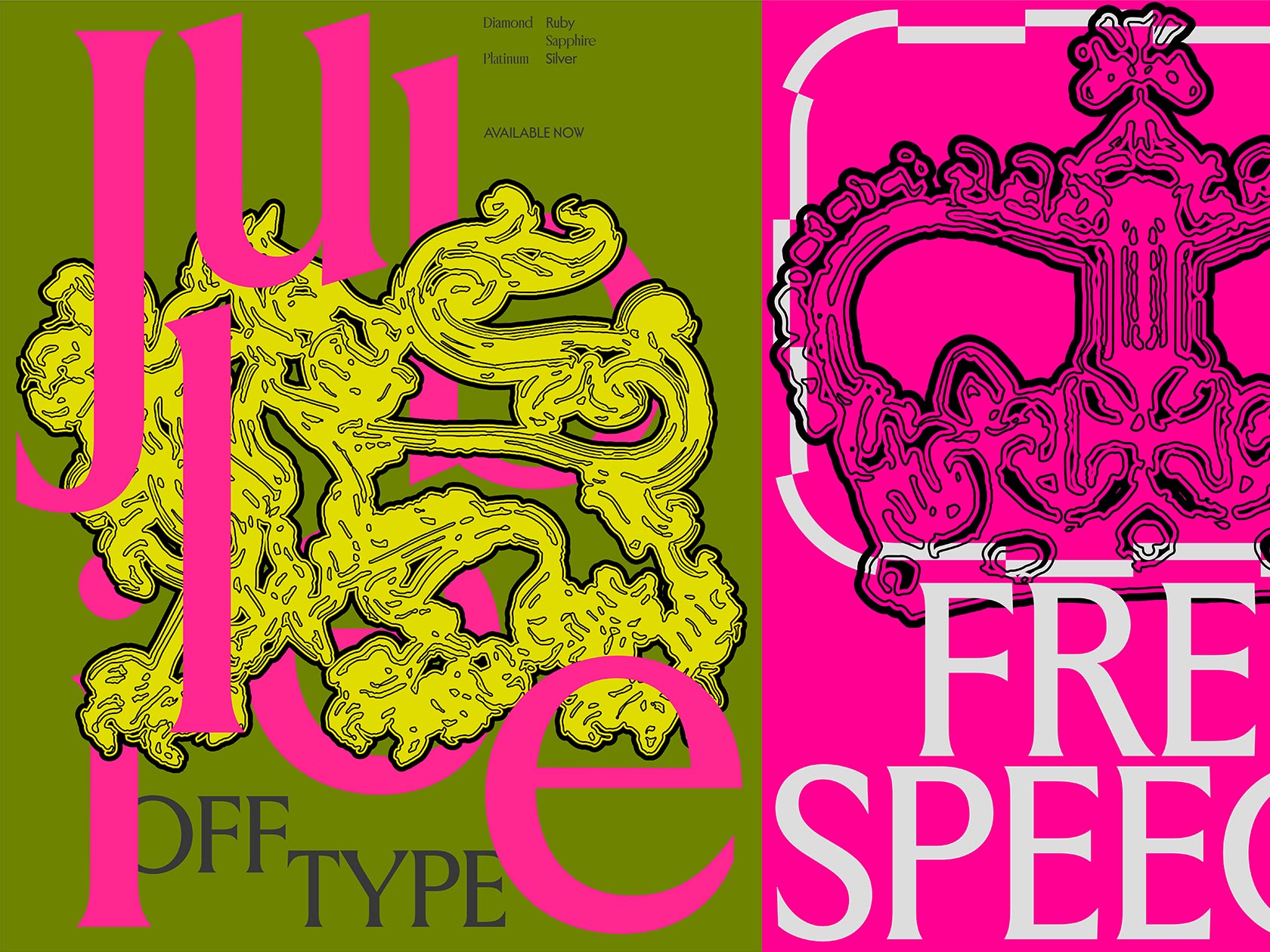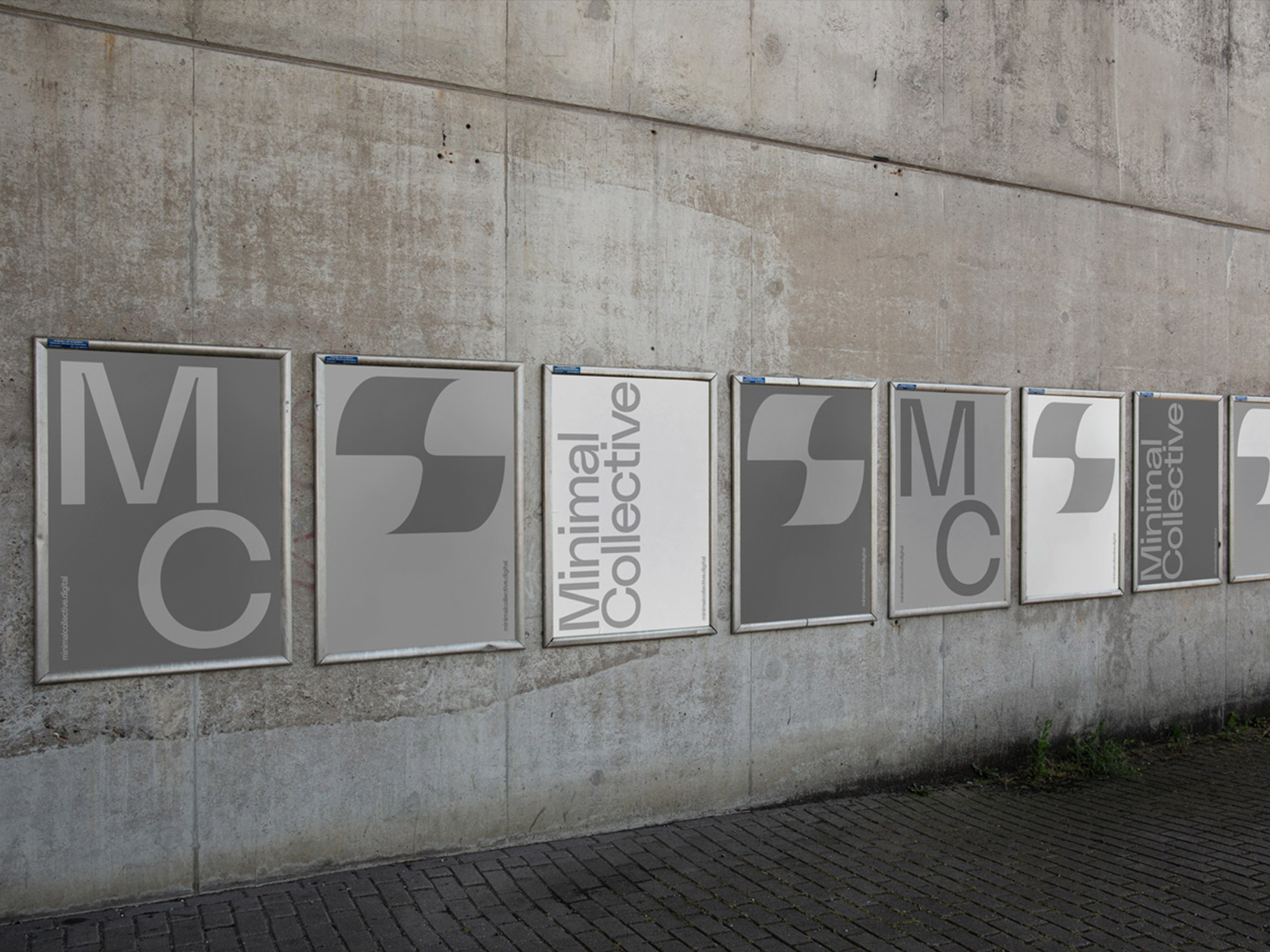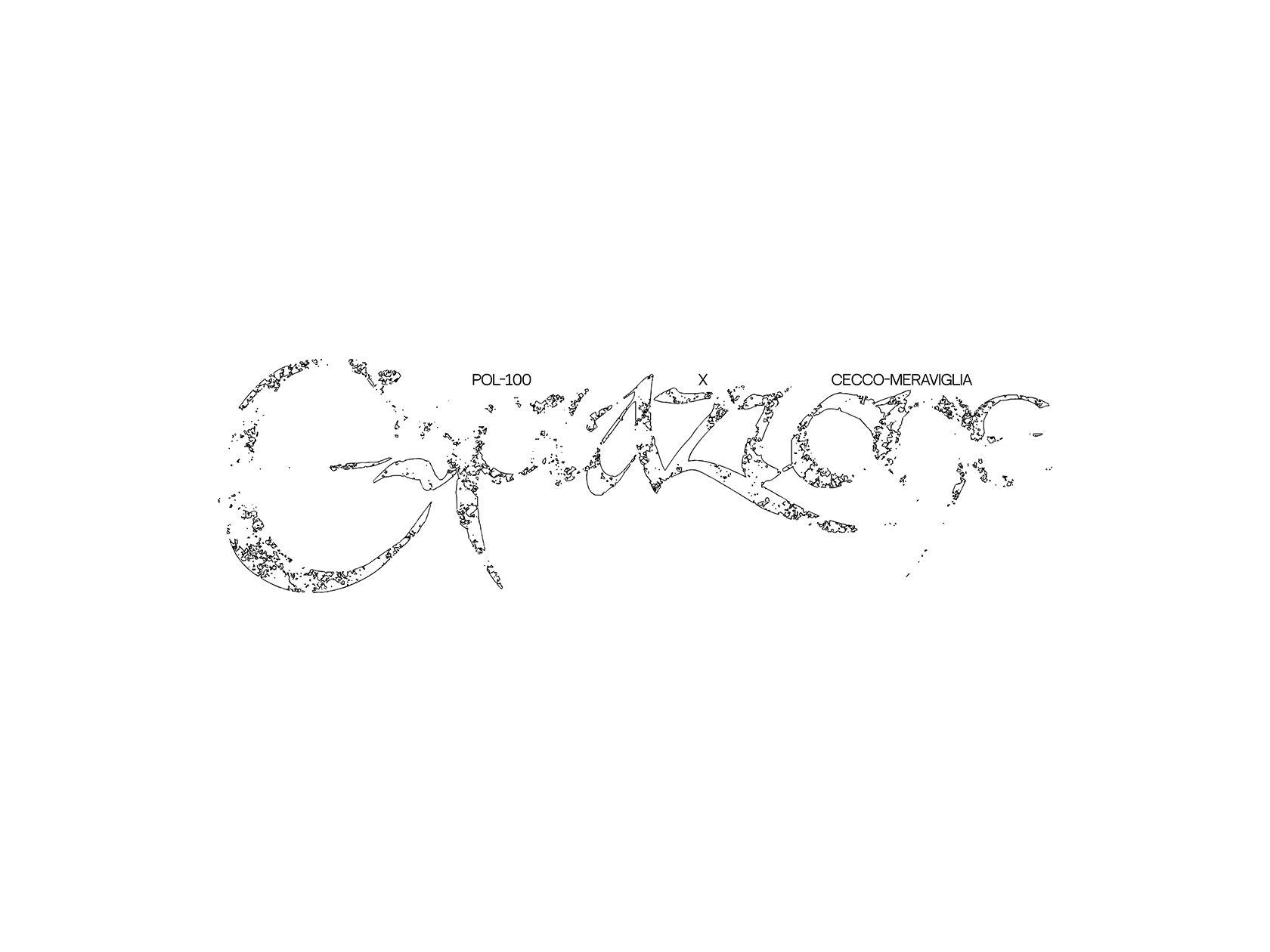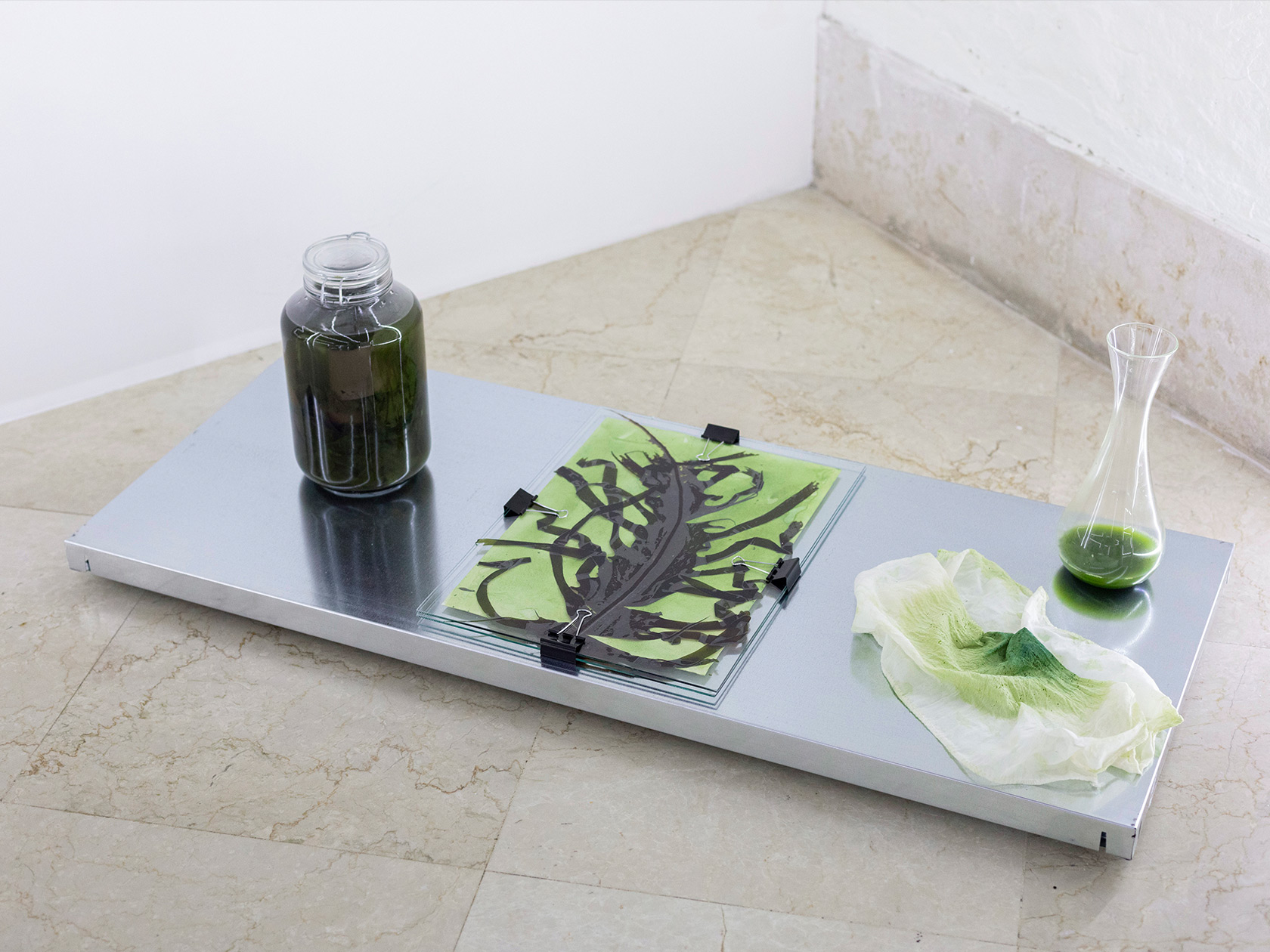Every Friday at the University in Falmouth, a different lecturer visits the school, offers advice for the students and gives an insight into the design industry. While those lessons were clearly an invaluable part of their education, it was during that time that the six friends and fellow designers Alex Bassett, Connor Edwards, Tom Heath, Paul Merritt, Reuben Morley and Dylan Young noticed that almost all of the lecturers only shared the final outcome of their projects. “We found when designers shared their process and even their failures we learned a lot more about them and their practices and also walked away with a better idea of how to approach our own work”, the group tells Collide24. This shared inquisition paired with their own extensive backlogs of unused and unseen work led them to found their magazine, ICBQ. The publication serves as a platform for work which for one reason or another had nowhere to exist in the mainstream design course, be it rarely showcased process work, the pitches that got away or work stemming from the misunderstanding of a brief.
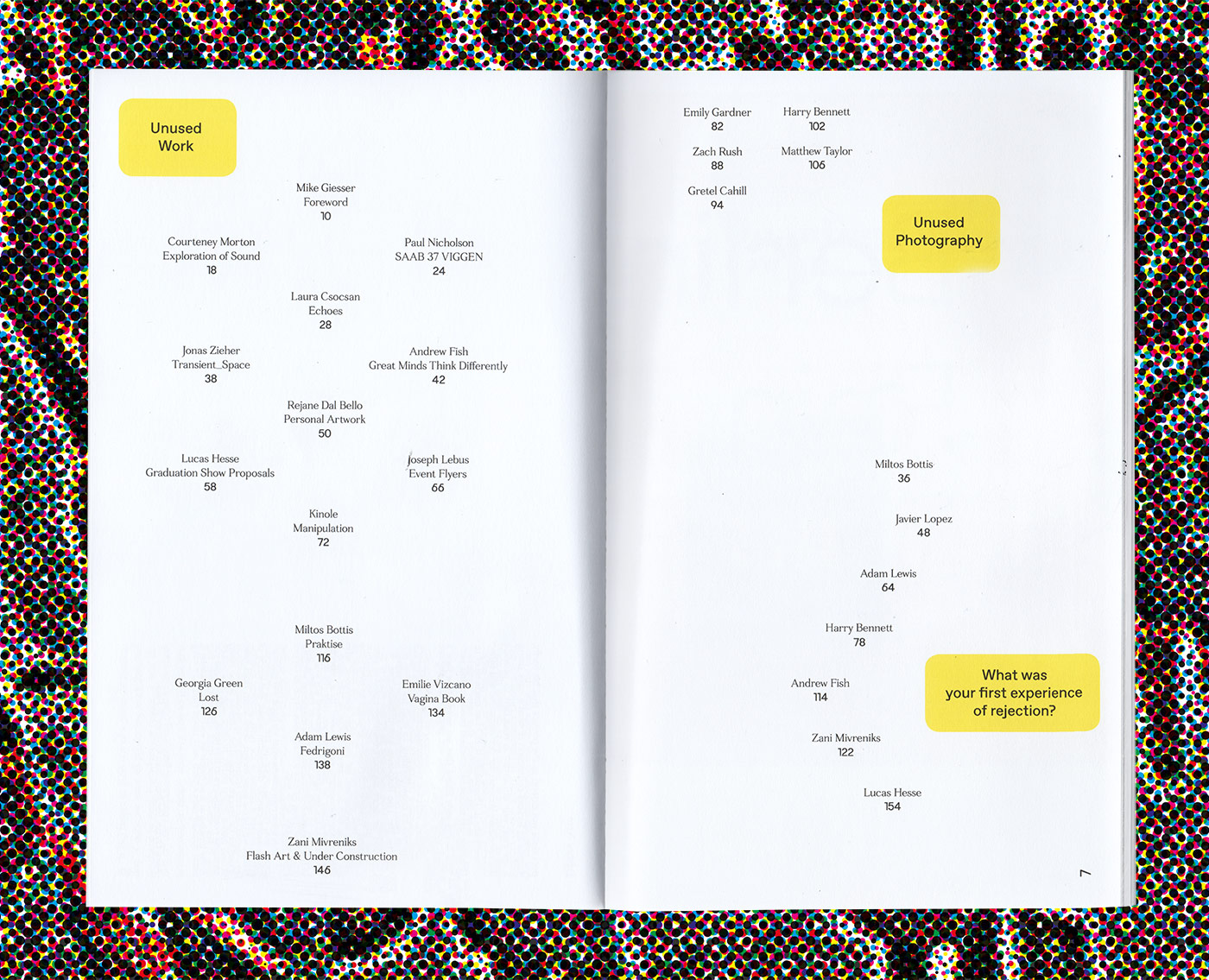
What’s the story behind its title, ICBQ?
ICBQ stands for [redacted] [redacted] [redacted] [redacted].
The magazine aims at being a refuge for designers and other creatives, a place for forgotten side projects, rejected proposals and all manner of other creative castaways. “When we celebrate the stories behind this kind of work, especially people’s rejections and failures, we relieve the anxiety that can surround them for people”, the designers conclude, “Even our design icons make mistakes, have projects fall through, or produce small side projects for themselves and we believe it’s really important that everyone shares these stories in the wider design community, thankfully it’s something that people are doing a lot more recently.”
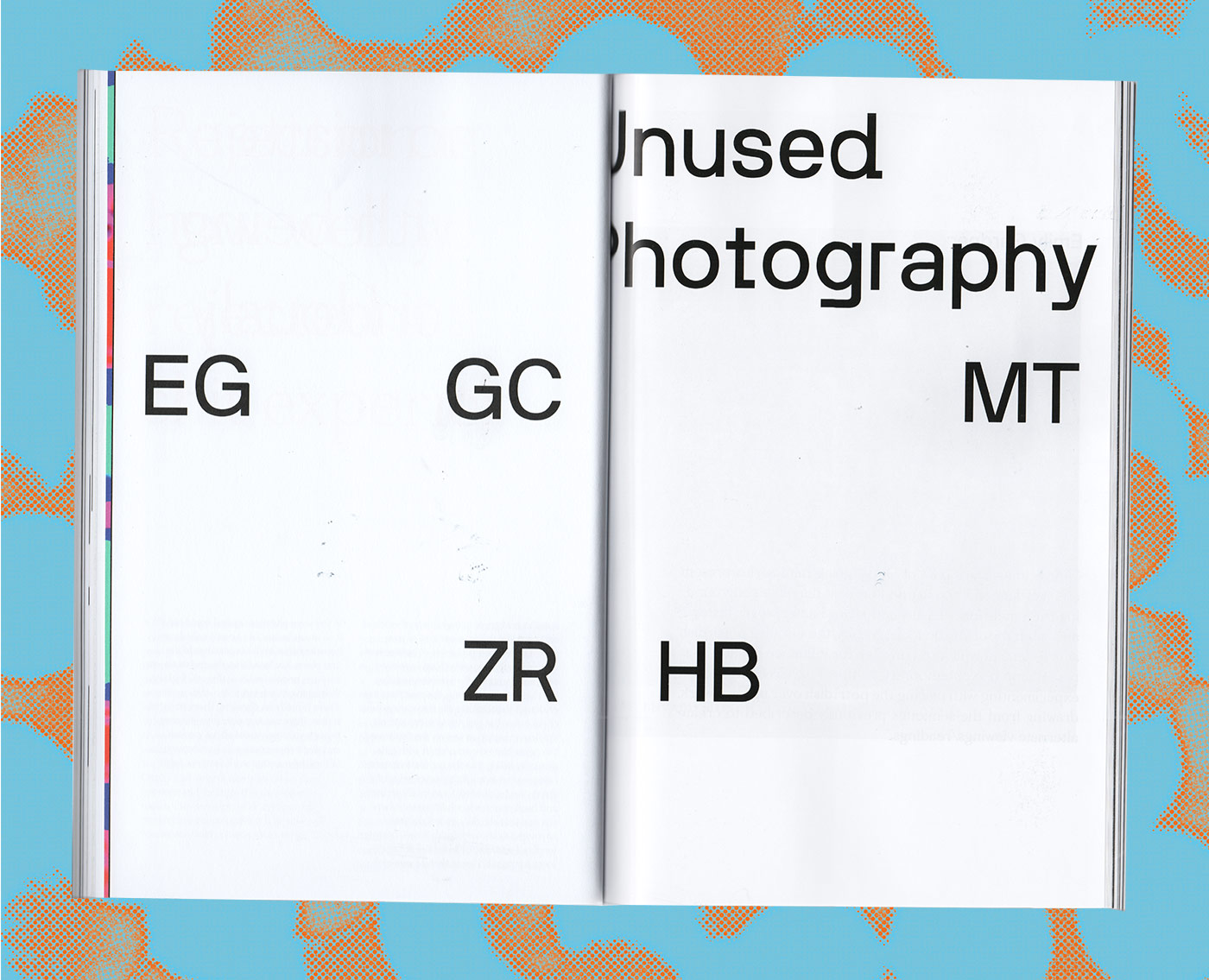
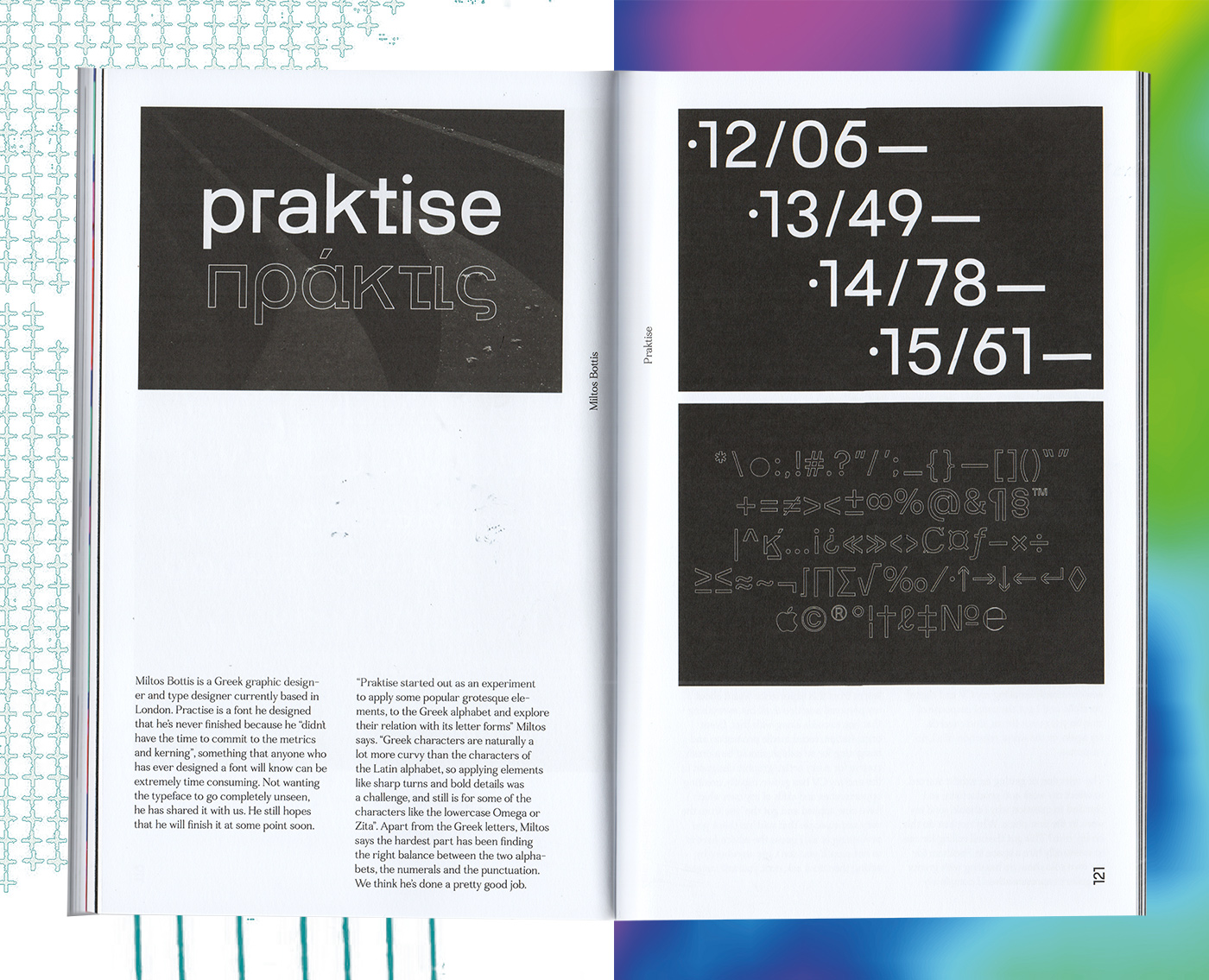
Although the responsibility for the design of each issue is usually carried by only one of them, they all work on every little step together. With six designers collaborating on one magazine, constantly being in a state of exchange and discussion about its design, rejection is not only the theoretical subject of each issue, but also an essential part of their working process. “Because we work in a group, we are constantly rejecting each other’s ideas and it can be pretty tough getting anything past one another at times. However ultimately this is how we produce our best work, by challenging each other to do better, and it’s always to the betterment of the magazine even if it’s not easy to take at the time”, the designers state. But after living with these stories, they learned much better ways to cope with rejection in their work outside of ICBQ. “Hopefully the same is true for our readers. When we set out creating this platform we never realized that somewhere down the line when receiving submissions, we would have to learn to reject people. This was really hard given the ethos behind what we do and it took us a while to come to terms with it as part of our process.”
When choosing what makes it into an issue, the designers don’t just pick the works based on the quality of the design, but also on the story behind the work and the value that might have to the readers. “Once we realized that, we felt more comfortable in turning some submissions away and were really able to curate the magazine”, the group adds on the matter, “Also our issues tend to be thematic in one way or another, so just because a submission didn’t fit a certain issue, we always review previous pieces of work to see if they could have a place within a future issue.”
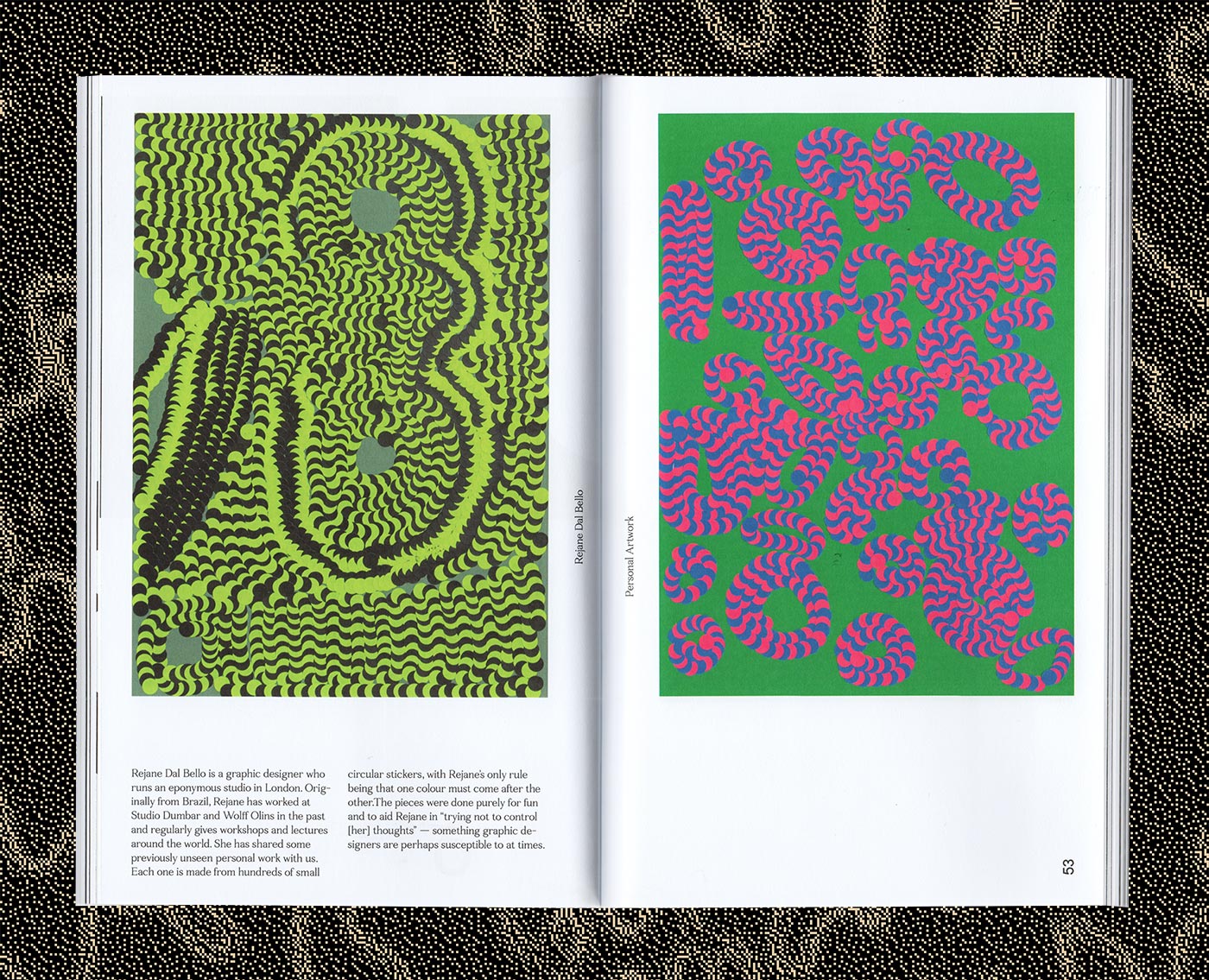
Can you name your favourite piece out of all contributions to date?
We are all very different designers, with different philosophies and this creates a really rich melting pot of content across the 5 issues. Consequently each of us will gravitate towards different submissions for different reasons. One thing we are really proud of is being able to showcase work from students across the world alongside the work of industry leaders like Matt Willey, Erik Brandt and Rejane Dal Bello. Everyone has something of value to share and stories to tell so we try our best to represent that in the publication.
During their collaboration on the magazine, Alex, Connor, Tom, Paul, Reuben and Dylan follow a pretty linear process in order to source content. “We put out an open call for submissions, we might also reach out to a few people who we have seen speak about the theme of the issue we are producing. We then curate the content to best get across the message of that issue and finalize interviews with submitters”, the group talks us through the process. After that, the designer who is responsible for that issue takes over the design. “Each of us has a completely different process. Some very collaborative and great at delegating tasks, and others more solitary. It results in each issue being unique and allows the publication as a whole to grow and develop as we learn more about what the magazine is”, the designers explain, “The great thing about the format is that once an issue is released, you can focus on the next one. You’re not pinned down by what came before and for us starting out not knowing anything about producing a magazine, this was really important to our process and as a result, each issue has its own sort of visual identity that isn’t tied to a consistent singular voice.” In order to allow people to recognize the issues as a series, the group has recently discussed about bringing in consistent elements without refraining too much from experimentation. “As designers we are naturally curious people and this project is a chance for each of us to explore styles and themes that we might not perhaps get the chance to explore in our regular practices”, they explain.
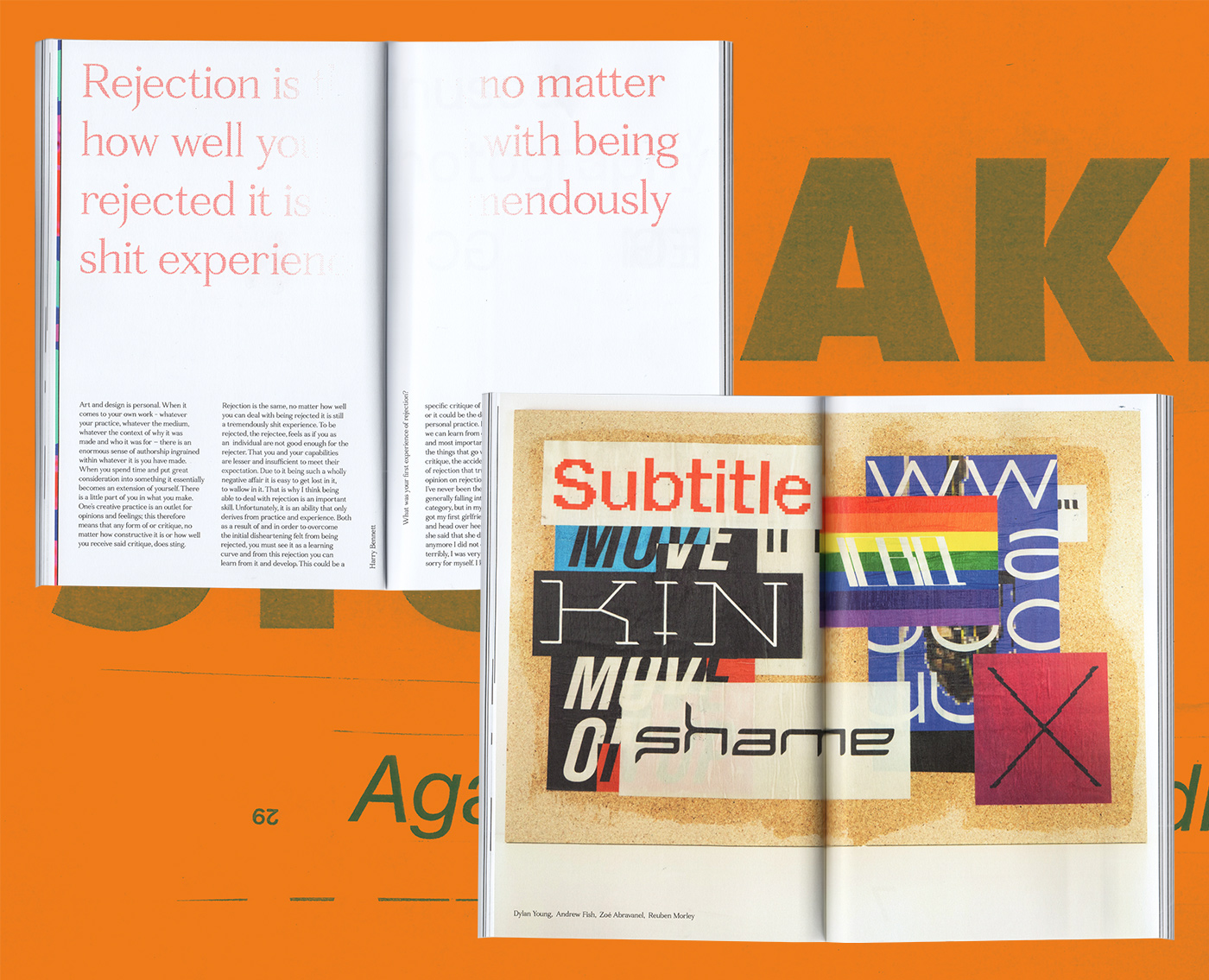
How important is it for you to collaborate with others?
Collaboration is at the centre of what we do. We wouldn’t be able to exist without collaboration. We collaborate through social media, our magazine, our process and the workshops which we have hosted. Our whole mission with ICBQ is to form a conversation about topics, and this can only happen through collaboration.
The magazine spreads an important message to students and professional going through a challenging process of a project and raises awareness for the obstacles each and every one of us has to face at some point in our career. “I think the key takeaway from ICBQ, for us, is that although we don’t often see or talk about it, everyone faces different hardships and overcomes a whole range of challenges when producing creative work”, the group concludes, “Often the projects we are most proud of are the products of really tough processes. Unless we talk about these hardships and failures as well as the resulting successes, it is really difficult to gain any perspective on the industry we operate in.”
For those of you who can not wait to get lost into the next edition of ICBQ, we have good news for you: The fifth issue is already in the making, covering the theme of freedom. “We are always trying new ways to talk about these issues within the design community, through talks, events and workshops, so if anyone wants to get in touch with us to talk about anything in this area, to share their experiences or just say hello, we love hearing from people!”
ICBQ magazine
Website
COLLABORATIONS TO LOOK AT:
Open Collab by Patrick Thomas
‘Xerox Book’ (1968)by Carl Andre, Robert Barry, Douglas Huebler, Joseph Kosuth, Sol LeWitt, Robert Morris and Lawrence Weiner
Live! by ag office

